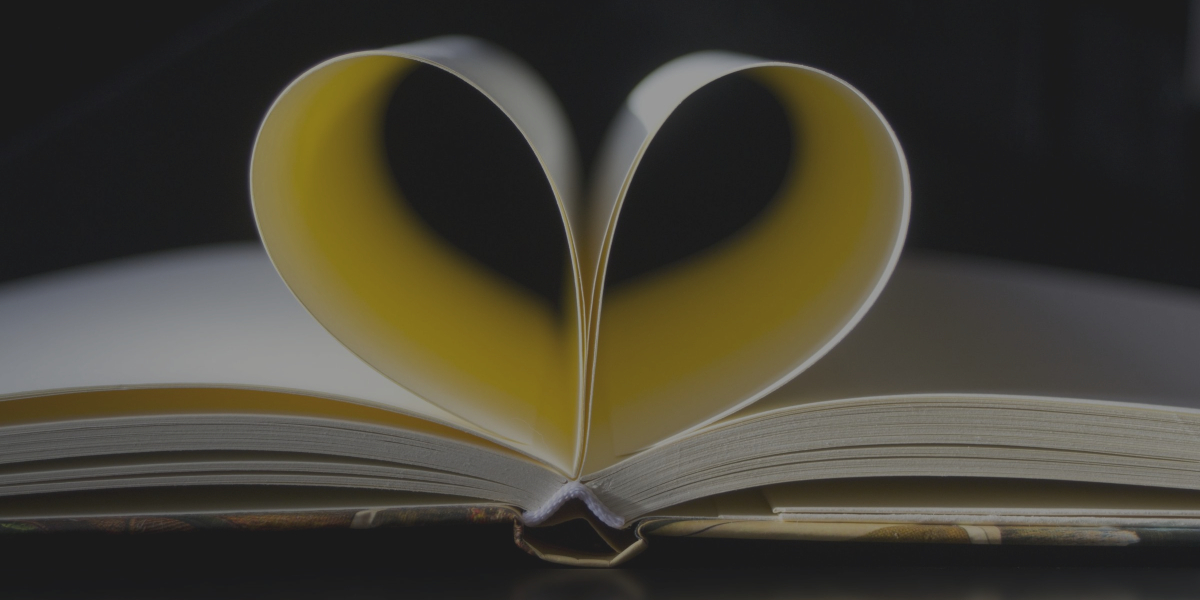


A key consideration in analyzing mise-en-scene is the degree to which our perception and understanding of the subject(s) is shaped by the use of close range or long range, and the use of other visual elements in the frame to possibly suggest certain characteristics associated with the subject. Note the placement of the main subject or subjects of a shot in relation to the environment, as well as the placement of objects in the foreground and the background of the film frame. The term mise-en-scene refers to the composition of all objects within the film frame in any given shot. Rhetorical choices in film are made on the narrative level (of story/plot), the visual level (of how all onscreen elements are presented), and the audio level (of how the volume levels of all sound elements are mixed in relation to each other), so focus on how meaning is shaped on each of these levels. Studying these choices may not necessarily reveal the purposes of filmmakers themselves, but it will give you greater insight into how cinematic rhetorical devices convey meaning, which can help you better understand your responses to film.

Even a camera set in one place and left to run for hours (as in Andy Warhol’s 1964 Empire) represents a set of choices with implications for how you experience the film. Consider which device (or combination of devices) generates the tone and atmosphere that you associate with a scene, as well as any symbolic representations of the film’s themes that you may identify in a scene.Įvery element of a film represents a set of choices, including choices about lighting, camera placement, sound, and shot duration. In looking at how meaning is constructed in film, try to trace your observations back to use of specific devices. These “symbols” might be words, sounds, or images, and a “text” can be anything from a famous speech to the back of a cereal box. When you study rhetorical devices, you are studying how a text uses symbols to elicit particular responses or suggest particular meanings. It explores of how elements of a film work together to communicate ideas and create specific audience orientations, identifications, feelings, and attitudes. It describes some terminology to use when writing about the rhetorical devices used in film. The pedagogical implication of this study is that the English RAs genre needs to be explicitly taught to Iranian researchers.This article focuses on film. However the communicative purposes in different sections in the two groups of RAs (Iranian and non-Iranian) are relatively different. The results showed that the macro rhetorical structure of the Iranian research articles is relatively similar to that of non-Iranian RAs with some minor differences. For the ease of comparison, this corpus was compared with Pho’s (2008b) corpus of study. The analysis includes the examination of communicative purposes of the texts following Pho’s (2008b) model of move analysis in applied linguistics research articles. The researchers randomly chose 30 research articles from four Iranian journals of applied linguistics published within five recent years (2008-2012). The main focus of this research is on the examination of the patterns of communicative purposes or “moves” and their subsequent elements or “steps” of different sections of these articles. This study discussed rhetorical features of Iranian applied linguistics research articles (RAs) in English.


 0 kommentar(er)
0 kommentar(er)
